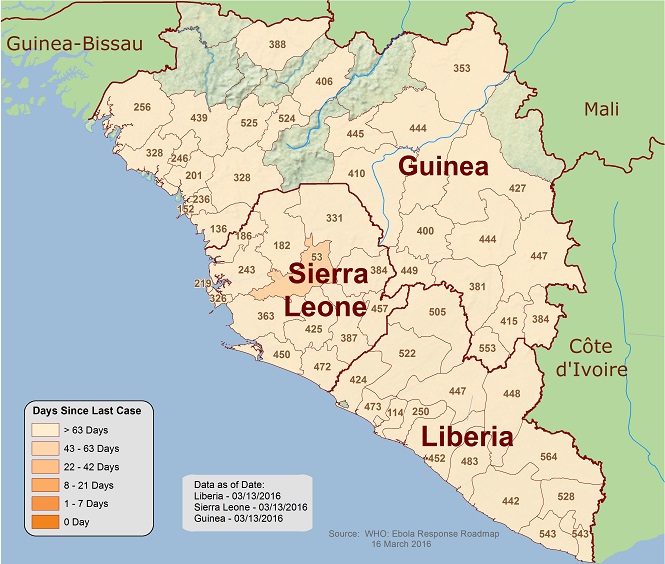If you have cleared your application and invited for PhD interview then you should prepare now for the final exam based on your application. The interview is based on your performance, knowledge, skills which you can explain to the examiners over online or face to face interview. But it’s not easy and requires a lot of homework before you actually face the interview panels.

Image: Face off with the examiner. Are you prepared? (Source: Pixabay)
I am currently undergoing my PhD at Academia Sinica, Taipei Taiwan with Taiwan International Graduate Program (TIGP) Scholarship with Molecular and Cell Biology (MCB) as subject to study. But before I have received this Scholarship I required lot of preparations and also lot of failures in previous attempts to other scholarships. By now if you have already selected for interview for a doctoral program you are interested in then you have already overcome the initial hurdle about how to write a statement of interest, a cover letter and also about how to fill in your credentials in the application form appropriately to get selected into interview. Here based on my experience I will share you some of the important homework you need to do before you face the interview panel.
- Who are you?
The very first opportunity that is mostly provided by the panelists or the interviewer is to introduce you. So before you start preparing you should enlist how you’re going to talk before the panelist. This is the best opportunity provided by the panelist where you can show your skills you already achieved with your work experience and it’s most relevant to talk about what the panelists would be interested to know about you. For example if you have applied for Microbiology as your subject then you must talk about the experience relevant to this field. If you have other experiences like working in the field of Cancer biology then you can add that note in the end like “Additionally I have also experience working in the field of Cancer Biology especially on cell lines”. This will provide the panelist an impression over your interest over the subject for example Microbiology and also you have other wide exposure which might be beneficial for your PhD position.
There might be possibilities that some of the panelists during interview might ask questions related to your work experience especially in your research career. The answers should not be related to the data but it’s important to provide the hypothesis and the outcome you have achieved. It’s also important to show your achievement in your research experience such us whether you have identified any novel mutation or you have characterized a novel protein function. The examiner might examine your publication if you have any previously so better to know all the basic protocol of the techniques, troubleshooting and aim of your techniques. If you do not know or could not able to answer some of the questions then it’s better to say you don’t know than to give a pause of thought or wrong answer.
- Keep it simple
Easy way to explain science is to way to explain in simple language. It depends on country to country or different type of institute you apply for PhD position. It is important to keep your English easy and simple since there might be possibility that you are asking questions to Professors who are not native English speakers and find it difficulty with your ascent or words way not simple. It’s good to speak slowly with small sentences. Sometimes it’s good to answer just Yes or No first then you give your explanation.
If you are interviewed over video conference like Skype or face to face before panelists then try to understand the reactions of the Professors whether they can understand your ascent.
Easy language of explaining techniques or your idea can lead to good discussion over the interview. If your English is not good then its also might not affect the panelist to judge you in terms of your knowledge. It is important that you try to listen carefully what you are asked and answer them without much long explanation. Easiest formula will be – keep short and simple.
- What about your commitment?
It is quite obvious that the examiners will want students who are committed towards the subject you applied. This is relevant based on different subjects and the reputation of the Institution where you have applied. So it is important to do much of your background study on their strengths, the pride of the institution and the professor’s background where he/she can fit you in their lab.
Are you the student which the professor or the examiner is looking to? If you can satisfy this question with answer which reflects your motives, possible background of research experience and based on your future direction then you might able to make them confident about your position or the student they are looking for.
This is important to know what you want to do after PhD. This allows examiner to understand your commitment which will automatically reflect through your direction towards future.
Finally try to prepare for most of the obvious questions which examiner can ask based on his/her research background.
- How to interact
Interviewers also try to look into your body language. After you enter into the examiner’s cabin or over video conference try to greet everyone by shaking hands or saying like hello, how are you? It helps you to stay easy with the environment and make you confident to defend most of the questions. Try to stay in formal attire with full shirts tugged properly and wear a tie if possible.
Interview is little kind of a discussion. This is not only a one way question but remember interview is a discussion. Try to look into the eyes of the examiner and never look down. If you are thinking of some question then you might look up to think but never look down.
Try to put a little bit of smile while you talk. Be little friendly but never show off overconfidence. It is important to keep a learning attitude while you talk. You can even ask questions to them if you really don’t know the answer sometimes. The research techniques which are most interested to learn from the PhD professor you must try to mention them with a reasonable explanation to why you are interested.
- Before you wind up
After all the questions and discussion with the examiner they will ask you definitely at the end whether you have any questions. Never say no.
Even if you do not have any queries at the end try to keep some obvious questions in mind like for example if you have read about a research paper of the Professor you have applied then try to question on their hypothesis. You can also ask about the PhD life like what the students aim for in the first year; whether they need to publish any manuscript by 2years, etc.
Questioning the examiner defines how much you are interested on the programme and also how you can show off you are adjustable to PhD environment.
According to my experience I was asked almost every time in the end whether I have any questions or queries. I even talked with many of my known professors later who even suggested me to ask questions.
I hope that’s all. All the very best! If you want to add any suggestions or additional comments which I have missed out then definitely put into the comment section below and I will try to answer them. Thank you!








 Hepatitis is caused by the inflammation of the liver. The condition may also progress to cirrhosis or fibrosis and/or even liver cancer. Hepatitis is caused by an infection of virus, but apart from this causative agent toxic substances like alcohol or certain drugs and autoimmune diseases can also cause this disease.
Hepatitis is caused by the inflammation of the liver. The condition may also progress to cirrhosis or fibrosis and/or even liver cancer. Hepatitis is caused by an infection of virus, but apart from this causative agent toxic substances like alcohol or certain drugs and autoimmune diseases can also cause this disease.

